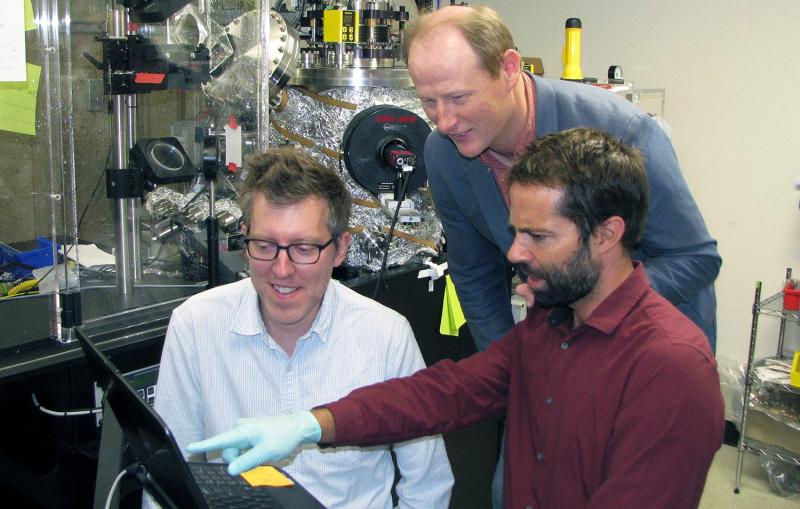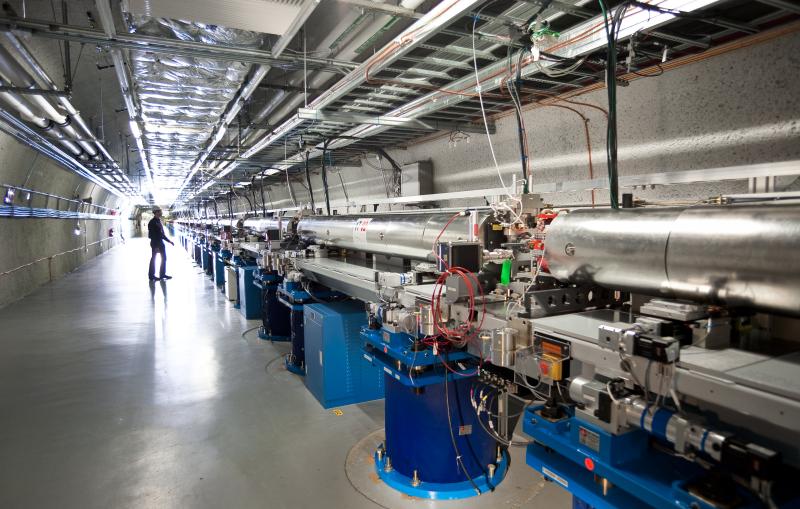

News Feature
VIA Stanford News
Shunned by Microbes, Organic Carbon Can Resist Breakdown in Underground Environments

Where can we find clean drinking water? How can we remove excess carbon dioxide from the oceans? When can a contaminated site be declared clean? Molecular environmental scientists look for answers to big questions like these by zooming in on their smallest components: Chemical reactions taking place at the scale of molecules and atoms.
Related link:
Energy sciences


